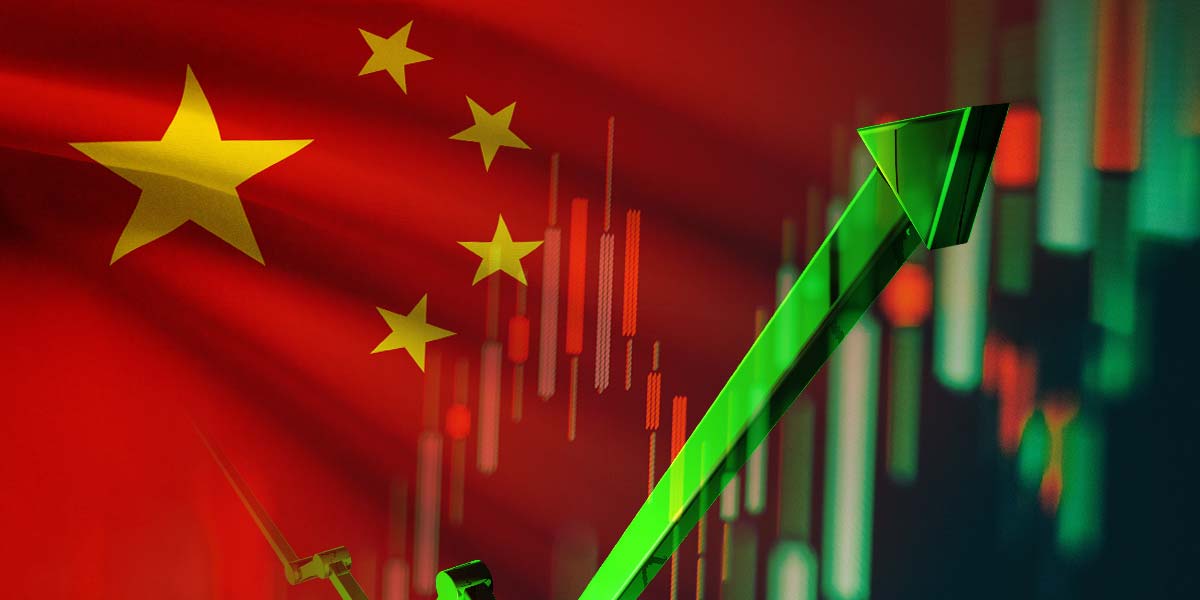Goldman Sachs forecasts a significant and sustained uptrend in China’s equity market, predicting key indexes to rise between 30-40% and reach all-time highs by the end of 2027. Despite an 80% rebound in MSCI China from late 2022 lows—punctuated by four major drawdowns—the investment bank’s latest analysis points to a more stable bull market ahead.
The report highlights a favorable policy environment as a driving force. The current pro-market policy window has reduced major risks, introduced demand-side stimulus, implemented a new five-year plan for balancing growth and mitigating external threats, and encouraged shareholder returns through strategic regulatory measures. Eased industry regulations are also propelling private enterprises (POEs) back into growth mode.
On the growth front, China benefits from accelerating trends such as artificial intelligence (AI) reshaping earnings, renewed profit optimism from anti-involution business practices, and increased competitiveness from global expansion. These factors are poised to push trend EPS (earnings per share) growth into the low-teens percentage.
Valuations remain attractive, with index price-to-earnings (PE) ratios at mid-range, bond yields at historic lows, and substantial discounts to global peers. Easing US Federal Reserve policy and expected lower domestic real interest rates add further support to equity multiples.
Strong capital flows are reinforcing momentum. Structural shifts in Chinese investor preference toward equities, alongside potential large-scale asset reallocations and renewed interest from global investors seeking diversification, are set to boost market liquidity.
Goldman Sachs recommends two main strategies for investors: “buying the dip” throughout the unfolding bull market and focusing on alpha opportunities. Sectors to watch include prominent Chinese names, AI-driven companies, global expansion leaders, anti-involution beneficiaries, and small-cap A-shares in growth sectors. These should be balanced with attractive yields found in shareholder return-focused portfolios.





